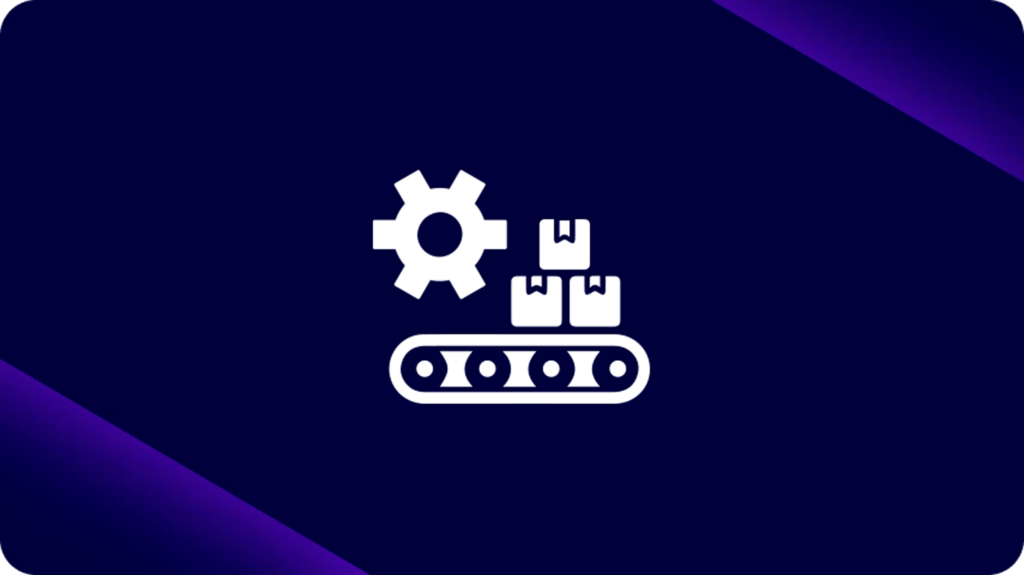outubro 19, 2022
As empresas estão adotando estratégias digitais como prioridade para aumentar a eficiência operacional e atender às expectativas em constante mudança dos clientes. No entanto, as empresas que dependem de sistemas legados e dados isolados estão em desvantagem em relação aos seus concorrentes nativos digitais, e precisam integrar os sistemas e dados existentes com ferramentas modernas.
Muitos líderes de negócios reconhecem a urgência de modernizar sua infraestrutura, mas a maioria enfrenta desafios significativos ao desenvolver uma estratégia de integração empresarial eficaz.
O Estado de Integração
Quase todos, mais precisamente 93% dos profissionais de TI corporativos, reconhecem o valor da integraçãocom 57% afirmando que a estratégia de integração é vital para o sucesso de seus negócios. E ainda assim, a implementação continua baixa. Pior ainda, as organizações que fazem integrações sem uma estratégia eficaz enfrentam uma série de impactos negativos:
- Incapacidade de adotar novas tecnologias
- Processos ineficazes que dificultam o crescimento e o sucesso
- Capacidade limitada de responder às mudanças do mercado
- Especialistas em TI forçado a se concentrar em tarefas de baixo valor
Então, o que está dando errado? Por que o progresso nos roteiros de integração está tão lento?
Um dos problemas é que muitas organizações estão focando primeiro na tecnologia de integração e não estão considerando os outros componentes de uma estratégia eficaz. Embora escolher a solução certa para apoiar sua estrutura de integração empresarial seja importante, há outras considerações que precisam ser priorizadas.
>> Agende uma demonstração personalizada com nossa equipe de especialistas e veja como o iPaaS da Digibee trará eficiência ao seu negócio.
Os três pilares de uma estratégia de integração eficaz
1. Defina os objetivos do seu projeto
Antes de escolher qual solução de integração é a certa para a sua organização, você precisa definir o que espera alcançar e identificar quaisquer lacunas nas suas capacidades de integração.
A maioria dos especialistas de TI corporativos concorda que a integração é importante, mas seus motivos variam consideravelmente:
- Habilitar o uso de inteligência artificial e/ou automação
- Melhorar a segurança ou a governança
- Reduzir os custos operacionais
- Diminuir o time to market
- Melhorar os recursos de análise e tomada de decisão
- Fazer a atualização da infraestrutura legada ou migrar para a nuvem
Depois de identificar as razões que impulsionam seu projeto de integração empresarial, faça uma lista de quaisquer fatores que possam atrasar ou impedir a implementação. O custo da integração é uma grande preocupação? Você está preocupado com possíveis interrupções nas operações diárias durante a transição? Existem normas de conformidade que precisam ser mantidas durante o processo de integração? A complexidade do projeto está impedindo o progresso?
2. Garanta o alinhamento entre sua equipe
Ao coletarmos dados sobre o estado da integração empresarial em 2022, descobrimos uma disparidade clara entre os diferentes stakeholders quando perguntamos quem eram os principais responsáveis pela estratégia de integração:
- 65% dos CIOs disse que os C-levels eram as principais partes interessadas
- 72% dos desenvolvedores e arquitetos disse que a TI estava comandando a estratégia
Essa diferença de perspectivas é um problema. Se dois grupos com prioridades e objetivos concorrentes acham que são o principal responsável pelo desenvolvimento de uma estratégia de integração, as chances de alinhar objetivos e desafios são muito baixas.
Formar uma equipe de estratégia de integração empresarial pode ajudar a garantir que todas as perspectivas sejam ouvidas e consideradas ao construir seu roadmap de integração. Certifique-se de incluir contribuições de:
- Arquitetos empresariais
- Especialistas em integração
- Equipes de desenvolvimento
- Líderes executivos
- Qualquer pessoa que usará sua solução de integração
Incluir participantes de todos os níveis organizacionais pode ajudar a desenvolver uma estratégia que atenda aos objetivos de todos – e evitar a criação de uma rede de soluções de TI paralelas.
3. Escolha a tecnologia certa
Após concluir essas duas etapas, você está pronto para o componente final da sua estratégia de integração empresarial – escolher a solução certa. Diferentemente de outras empresas que pularam diretamente para esta etapa, o tempo e esforço investidos até este ponto reduzirão o risco de enfrentar os problemas comuns de integração.
Selecionar a solução certa será muito mais fácil agora que sua equipe colaborativa já definiu o que você está tentando alcançar e o que está impedindo seu progresso. Você deve ter alinhamento em fatores como:
- Metas de curto e longo prazo
- Custo
- Timeline
- Preocupações ou prioridades específicas
Crie sua estratégia de integração com Digibee
Na Digibee, entendemos que os negócios não param enquanto você realiza mudanças nos seus sistemas e processos. Nosso iPaaS inovadoro garante que sua organização tenha a flexibilidade e agilidade necessárias para competir em um mundo digital, sem comprometer o alto nível de serviço que seus clientes esperam.
O modelo de negócios único da Digibee significa que você pode experimentar nossa solução sem um compromisso longo ou um grande investimento inicial. E o melhor de tudo: podemos reduzir o tempo de implementação da sua estratégia de integração de meses para semanas.
Não perca! Você não tem nada a perder e tudo a ganhar. Solicite uma demonstração agora.









